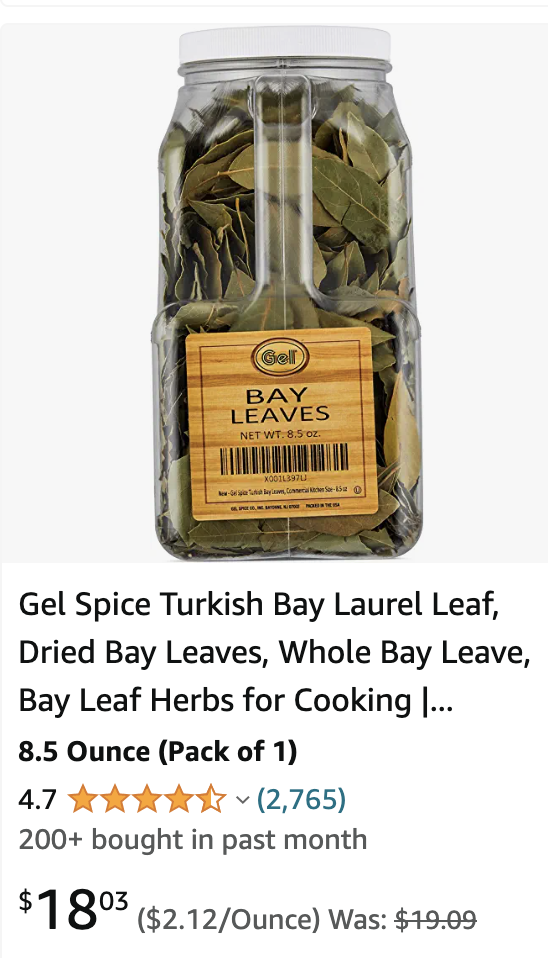Bay leaves: the COVID masks of the culinary world
/Are bay leaves a scam and a vast conspiracy? Increasing number of chefs say they do NOTHING to food - experts reveal truth behind tasteless green leaves
Supposedly, if you could find some that were freshly picked and used immediately, you might notice a difference, but you can’t, so leave those probably-fake, 4-year-old leaves on the gourmet shop shelves, toss out the ones that have been growing even staler for the past three years in your cupboard, and relax: you won’t be missing a thing.
The doubts extend beyond chefs. Ethné and Philippe de Vienne have run a tea and spice store in Montreal for more than 20 years.
'They're right,' said Philippe of bay leaf cynics.
'When it's good, it tastes like something, but 95 percent of the time it tastes like nothing. Usually the problem is that bay leaf is harvested at the time of year when there's no flavor.
'Ninety-five percent of the bay leaves that are available to most people are of a very, very low quality.'
According to Ethné, the western market has been flooded with bland and poor-quality bay leaves, earning the herb an unwarranted bad reputation.
'North Americans have been groomed to accept mediocrity,' she said.
'The ritual says put a bay leaf in, stir the pot, so they put it in and stir, but it might as well be a blade of grass,' she said. 'Now people are starting to wake up. It's so neutral and bland. It's just a waste of money.'
And they’re gluten free!


